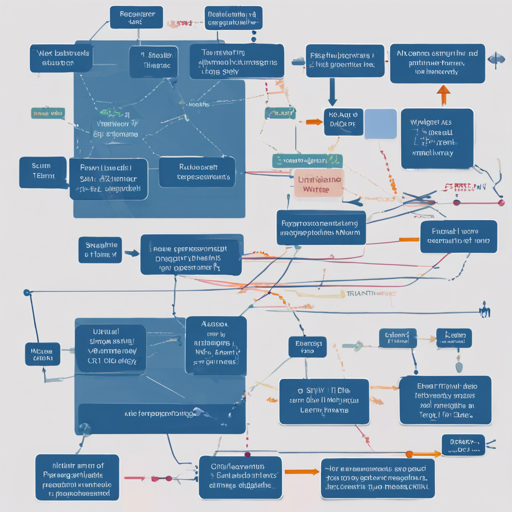Welcome to the fascinating world of text prediction! In this article, we will guide you through building a character-level Recurrent Neural Network (RNN) using Long Short-Term Memory (LSTM) cells in Python 2.7. By the end of this tutorial, you will not only understand how to predict text based on a given dataset, but you will also have the skills to explore datasets like Kanye West’s lyrics or Shakespeare’s plays!
Getting Started
Before we dive into the code, let’s outline the main ideas behind our text predictor:
- Train the RNN LSTM on a specified dataset (e.g., a .txt file).
- Predict text based on the trained model.
Preparing Your Dataset
We have several datasets that you can use to train your model. Here’s a list of available datasets:
- Kanye: Kanye West’s discography (332 KB)
- Darwin: The complete works of Charles Darwin (20 MB)
- Reuters: A collection of Reuters headlines (95 MB)
- War and Peace: Leo Tolstoy’s War and Peace novel (3 MB)
- Wikipedia: Excerpt of English Wikipedia (48 MB)
- Hackernews: A collection of Hackernews headlines (90 MB)
- Sherlock: The complete works of Sherlock Holmes (3 MB)
- Shakespeare: The complete works of William Shakespeare (4 MB)
- Tagore: Short stories by Rabindranath Tagore (2.6 MB)
You can even add your own datasets! Simply create a folder in the `.data` directory and place an `input.txt` file there. The output file, along with the training plot, will be automatically generated.
How to Use the Text Predictor
- Clone the repository.
- Navigate to the project’s root folder.
- Install required packages:
pip install -r requirements.txt - Run the predictor with the command:
python text_predictor.py dataset
Understanding the Code with an Analogy
Imagine teaching a child how to write a story. Initially, the child watches other stories (the datasets) and tries to grasp the context and structure. Every time they practice, their writing gets better and becomes more coherent, just like how our RNN LSTM model learns from the text data. It observes patterns in letters and forms connections—like how a child remembers story arcs or character development—before confidently generating new stories or text based on what it has learned.
Results and Hyperparameters
All datasets were trained with the same hyperparameters:
- BATCH_SIZE: 32
- SEQUENCE_LENGTH: 50
- LEARNING_RATE: 0.01
- DECAY_RATE: 0.97
- HIDDEN_LAYER_SIZE: 256
- CELLS_SIZE: 2
Troubleshooting
If you encounter any issues while setting up or running the model, consider the following tips:
- Ensure you’ve cloned the repository correctly without any errors.
- Double-check that you are in the right directory when running the Python script.
- If package installation fails, make sure you have Python 2.7 compatible versions listed in the
requirements.txt.
For more insights, updates, or to collaborate on AI development projects, stay connected with fxis.ai.
Conclusion
Congratulations! You’ve successfully created your own text predictor using RNN LSTM. Whether you’re generating rap lyrics or writing the next great novel, the possibilities are endless.
At fxis.ai, we believe that such advancements are crucial for the future of AI, as they enable more comprehensive and effective solutions. Our team is continually exploring new methodologies to push the envelope in artificial intelligence, ensuring that our clients benefit from the latest technological innovations.
Now, go forth and let your creativity flow with your new text predictor!

